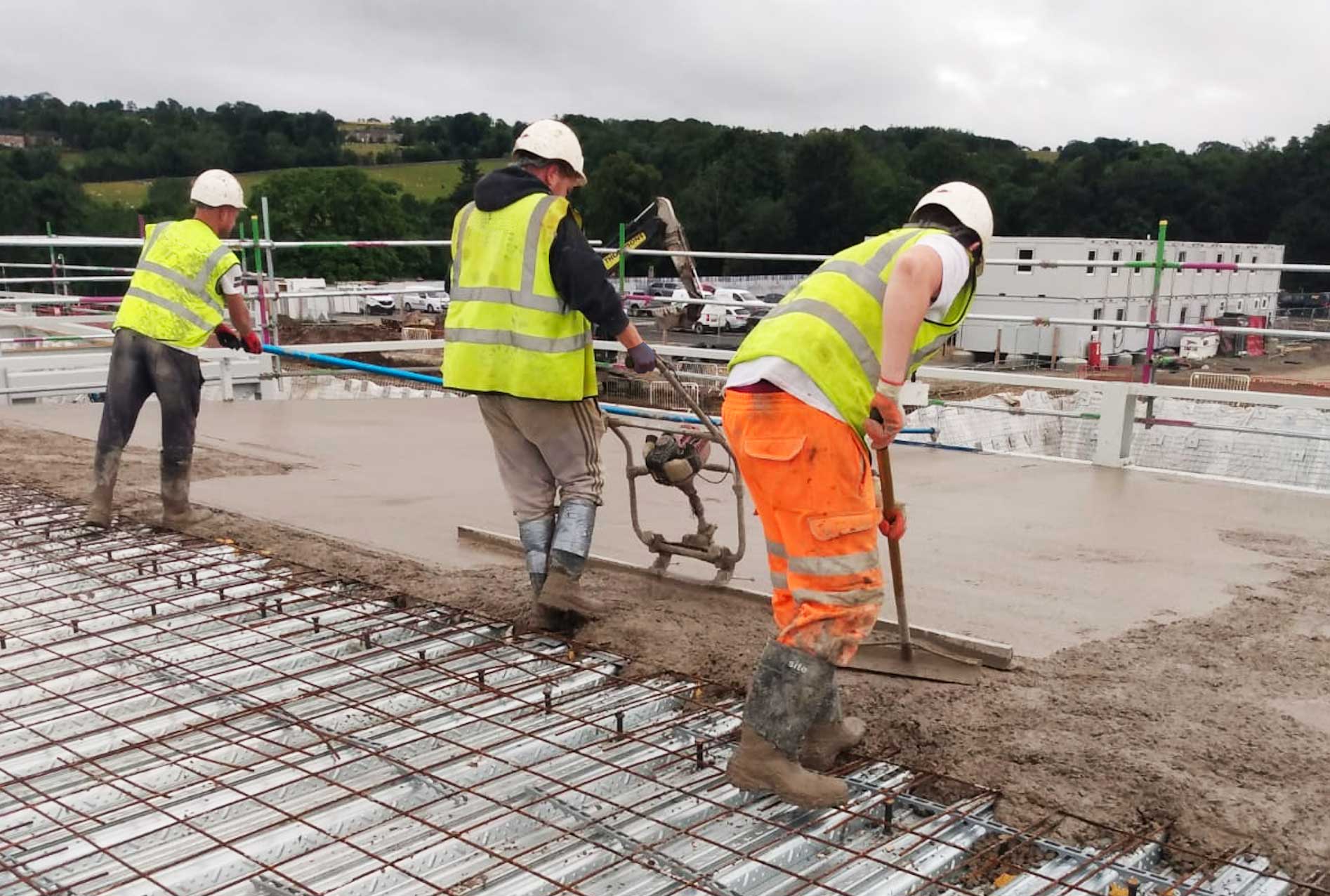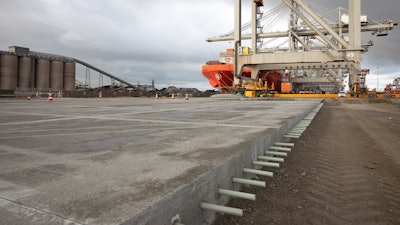Advanced Composites for Durable and Light-weight Building
Advanced Composites for Durable and Light-weight Building
Blog Article
Opening the Ecological Advantages of Recycled Compounds in Building and Design
In the realm of building and design, the utilization of recycled composites holds substantial promise for boosting sustainability methods and minimizing ecological effect (composites). By integrating these cutting-edge materials, there is a possible to resolve important issues such as waste minimization, energy conservation, and a decline in carbon impact. The change towards a more sustainable future in these markets pivots on unlocking the complete potential of recycled compounds. This conversation will explore the complex advantages and challenges linked with incorporating recycled compounds right into building and layout, supplying a glance right into the transformative opportunities that exist ahead.

Ecological Influence Decrease
The reduction of ecological influence with making use of recycled compounds in building and construction and design plays an essential duty in lasting techniques. By including recycled composites right into structure materials, the construction market can dramatically decrease its carbon footprint and add to a more environment-friendly future. These sustainable materials, made from repurposed plastics, wood fibers, or other recycled components, supply a practical option to standard construction materials without compromising on top quality or durability.
Recycled composites aid divert waste from landfills and minimize the demand for drawing out basic materials, thus preserving natural resources. Additionally, the production process of these compounds typically eats much less energy and discharges fewer greenhouse gases contrasted to creating virgin materials (composites). This shift towards making use of recycled composites not only decreases ecological harm yet also promotes a round economic climate by encouraging the reuse of materials that would otherwise be discarded
Waste Reduction
With a concentrate on decreasing waste in construction and style, the assimilation of recycled composites offers a sustainable service to decrease ecological effect. Waste reduction is an essential element of lasting practices, and making use of recycled compounds provides a chance to attain this goal successfully. By utilizing materials that have currently offered their initial objective, such as recycled plastics or reclaimed timber fibers, the construction and design markets can substantially reduce the amount of waste created and sent to landfills.
Recycled compounds have the potential to draw away considerable quantities of waste from traditional disposal methods, adding to an extra round economy where resources are made use of effectively. Additionally, the production procedure of recycled composites often takes in less power and generates less exhausts contrasted to virgin materials, further lowering the ecological impact of building and construction and layout projects.
Applying waste minimization methods via the consolidation of recycled composites not just helps in preserving all-natural sources yet additionally advertises an extra lasting technique to building and creating for a greener future.
Power Preservation
Incorporating recycled composites not only reduces waste in construction and layout but likewise plays a vital role in improving power conservation methods within the industry. The usage of recycled compounds in building and construction can substantially add to power conservation through different methods. By advertising the usage of recycled composites in construction and style, the sector can make significant strides in the direction of attaining energy effectiveness and lowering its carbon footprint, ultimately adding to an extra sustainable constructed setting.
Carbon Impact Decrease
Enhancing sustainability techniques with the use of recycled composites in construction and layout considerably minimizes the carbon footprint of the sector. By integrating recycled materials into the manufacturing of compounds, the demand for virgin sources lowers, resulting in reduced power consumption and greenhouse gas discharges connected with traditional production processes. This decrease in carbon impact is vital in combating environment adjustment and promoting an extra eco pleasant method to construction and style.
The carbon impact reduction accomplished through the fostering of recycled composites lines up with the global press in the direction of lasting practices and the decrease of industrial emissions. Inevitably, by focusing on the assimilation of recycled composites, the market can make considerable strides in lowering its carbon impact and adding to a more sustainable future.
Lasting Future
The combination of recycled compounds in construction and design not just addresses instant ecological concerns however additionally click here to find out more lays a solid foundation for a sustainable future in the market. By incorporating recycled compounds right into structure materials and items, the building and construction and layout industries can dramatically minimize their dependence on virgin sources, bring about a more round economic climate. This change in the direction of sustainability is crucial for alleviating the ecological impact of typical building and construction techniques, which typically lead to high degrees of waste generation and source deficiency.

Verdict
In conclusion, recycled compounds use considerable environmental benefits in building and construction and layout by minimizing ecological impact, decreasing waste, preserving power, lowering carbon footprint, and promoting a sustainable future. Embracing the usage of recycled compounds can contribute to a more environmentally-friendly technique to building and style, eventually leading to a much more lasting and greener future for all.
The reduction of ecological influence through the use of recycled compounds in building and construction and layout plays an essential duty in lasting methods.With an emphasis on reducing waste in building and construction and design, the integration of recycled composites offers a sustainable solution to decrease environmental impact. By advertising the usage of recycled composites in building and construction and design, the market can make substantial click to read more strides in the direction of achieving power effectiveness and minimizing its carbon impact, ultimately contributing to a much more sustainable developed atmosphere.

Report this page